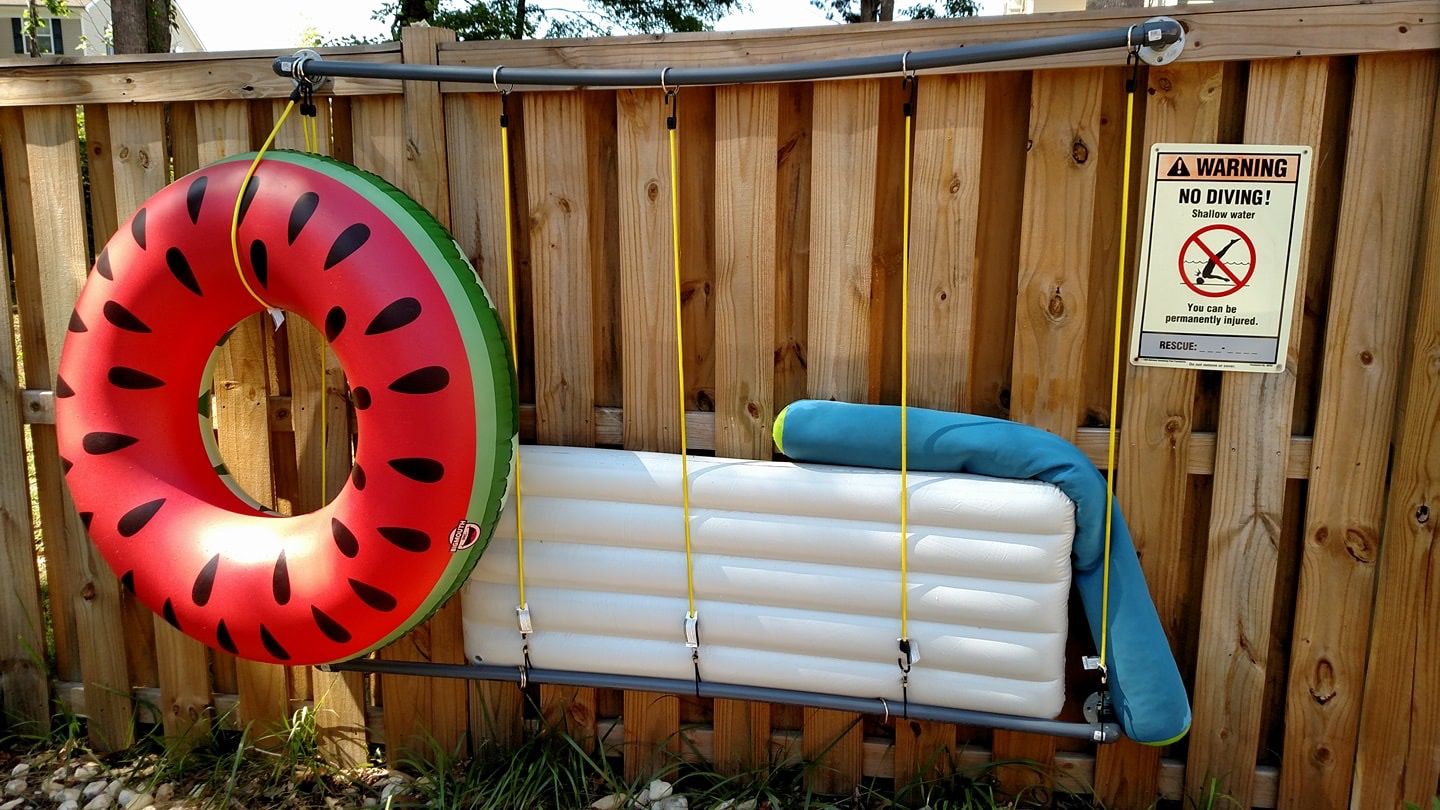

Articles
How To Store Inflatables
Modified: December 7, 2023
Learn the best practices and tips for storing inflatables in this comprehensive collection of articles. Keep your inflatables safe and in top condition with expert advice.
(Many of the links in this article redirect to a specific reviewed product. Your purchase of these products through affiliate links helps to generate commission for Storables.com, at no extra cost. Learn more)
Introduction
Inflatables, whether they are pool toys, air mattresses, or bounce houses, provide endless fun and entertainment. However, when the time comes to pack them away, it’s crucial to store them properly to ensure their longevity and usability. Improper storage can lead to damage, wear and tear, and even the growth of mold and mildew. To prevent these issues and keep your inflatables in optimal condition, it’s essential to follow the right storage techniques.
In this article, we will discuss the importance of proper storage for inflatables and provide you with valuable tips and guidelines on how to store inflatables effectively. So, let’s dive in and explore the world of inflatable storage!
Key Takeaways:
- Properly storing inflatables is crucial for their longevity and usability. Follow the right techniques to maintain their condition, prevent damage, and ensure they are ready for use whenever you need them.
- Take extra precautions to winterize your inflatables in cold weather. Thoroughly clean and dry them, protect from cold and moisture, and regularly check for damage to ensure they remain in good condition.
Read more: How To Store Inflatable Kayak
Importance of Proper Storage for Inflatables
Proper storage for inflatables is not just a matter of convenience; it is essential for their longevity and performance. Here are some key reasons why proper storage is crucial for your inflatables:
1. Preserving the Lifespan: Inflatables are typically made from materials such as PVC or vinyl, which can deteriorate over time if not stored correctly. Exposure to sunlight, extreme temperatures, moisture, and dust can cause the material to weaken, fade, or crack. By storing your inflatables properly, you can extend their lifespan and ensure that they remain in good condition for years to come.
2. Preventing Damage: Mishandling or storing inflatables inappropriately can lead to punctures, tears, and other damages. Sharp objects, rough surfaces, or stacking heavy items on top of inflatables can result in irreversible harm. By storing the inflatables in a safe and secure place, you can mitigate the risk of accidental damage and maintain their functionality.
3. Hygiene and Safety: Inflatables that are not stored properly can become a breeding ground for bacteria, mold, and mildew, especially when exposed to moisture. This can not only cause unpleasant odors but also pose health risks to users. By storing your inflatables in a clean and dry environment, you can ensure that they remain hygienic and safe for use.
4. Time and Money Savings: Taking the time to store your inflatables properly can save you both time and money in the long run. When properly stored, inflatables require less maintenance, repairs, and replacements, reducing the overall cost of upkeep. Additionally, by keeping them in good condition, you won’t have to spend time and effort searching for replacements when you want to use them again.
Now that we understand the importance of proper storage, let’s move on to the next section, where we will discuss how to choose the right storage space for your inflatables.
Choosing the Right Storage Space
When it comes to storing your inflatables, finding the right storage space is key to maintaining their condition. Here are some factors to consider when choosing the right storage space for your inflatables:
1. Indoor vs. Outdoor: Whenever possible, it is best to store your inflatables indoors. Indoor storage provides protection from the elements, such as rain, sun exposure, and extreme temperature fluctuations. If you don’t have access to indoor storage, look for a shaded outdoor area that is sheltered from direct sunlight and inclement weather.
2. Temperature and Humidity: Inflatables are sensitive to temperature and humidity changes. It is important to store them in an area with a controlled climate to prevent damage. Extreme heat can cause the material to soften or warp, while freezing temperatures can lead to cracks and tears. Additionally, high humidity can promote the growth of mold and mildew. Choose a storage space with a moderate temperature and humidity level.
3. Space Availability: Consider the size of your inflatables and the available storage space. You need enough space to store the inflatables without excessive folding or bending, which can cause creases and weaken the material. Ideally, the storage space should have enough room to accommodate the inflatables without them being squeezed or pressed against other objects.
4. Cleanliness: Ensure that the storage space is clean and free from dust, dirt, and any sharp objects that could potentially damage your inflatables. If necessary, clean the area before storing the inflatables to prevent any debris from coming into contact with them.
5. Accessibility: Choose a storage space that is easily accessible when you need to retrieve or store your inflatables. This will save you time and effort, especially if you frequently use them. Avoid storing inflatables in hard-to-reach areas or places that require moving heavy objects to access them.
By considering these factors, you can find the ideal storage space that will protect your inflatables and ensure their longevity. In the next section, we will discuss the importance of cleaning and drying your inflatables before storage.
Cleaning and Drying Inflatables Before Storage
Before storing your inflatables, it is crucial to clean and dry them thoroughly. This helps to remove dirt, debris, and any potential contaminants that could cause damage or compromise their integrity. Here are some steps to follow when cleaning and drying your inflatables:
1. Remove any debris: Start by removing any dirt, leaves, or other debris from the surface of your inflatables. Use a soft-bristle brush or a damp cloth to gently scrub away any stubborn dirt or stains. Avoid using abrasive cleaners or brushes that could scratch or damage the material.
2. Use a mild detergent: Fill a bucket with warm water and add a small amount of mild detergent. Mix it well to create a soapy solution. Dip a clean cloth or sponge into the solution and gently clean the entire surface of the inflatables. Pay extra attention to any areas with noticeable stains or dirt buildup.
3. Rinse thoroughly: After cleaning, rinse the inflatables with clean water to remove any traces of soap or detergent. This step is essential to prevent residue buildup, which can contribute to the growth of mold or mildew during storage. Make sure to rinse both the inside and outside of the inflatables.
4. Dry completely: Once rinsed, allow the inflatables to air dry completely before storing them. Hang them up or lay them flat in a well-ventilated area with good air circulation. Avoid direct exposure to sunlight, as prolonged sun exposure can cause the material to fade or deteriorate. Ensure that the inflatables are completely dry to prevent the growth of mold or mildew.
5. Check for any remaining moisture: Before storing the inflatables, double-check for any remaining moisture. Feel the surface of the inflatables with your hands to ensure they are dry to the touch. Also, inspect any creases or seams where moisture can accumulate. If you notice any dampness, use a dry cloth to absorb the moisture and allow the inflatables to dry further.
By following these cleaning and drying steps, you can prevent the accumulation of dirt, mold, and mildew during storage and keep your inflatables in pristine condition. In the next section, we will discuss the correct way to deflate your inflatables before storing them.
Deflating Inflatables Correctly
Properly deflating your inflatables before storage is essential to prevent damage and ensure they retain their shape. Here are some steps to follow when deflating your inflatables:
1. Remove any accessories: Before deflating, remove any accessories such as air pumps, valves, or attachments from the inflatables. This will make the deflation process easier and prevent any potential damage to the accessories.
2. Open the valves: Locate the air valves on your inflatables. These are usually located on the main chamber or sections of the inflatable. Open the valves by turning them counterclockwise or pulling them out, depending on the type of valve. This allows the air to escape freely during deflation.
3. Apply pressure to deflate: Apply gentle pressure to the inflated sections of the inflatables to help release the trapped air. You can use your hands, body weight, or even sit on the inflatables to expedite the deflation process. Press down on the sections closest to the valves to ensure the air is released.
4. Fold or roll as you deflate: As the air escapes, begin folding or rolling the inflatable toward the valves. This will help push out any remaining air from the chambers. Start from one end and gradually work your way to the other, making sure to remove as much air as possible.
5. Secure the valves: Once deflated, close the valves tightly to prevent any air from re-entering the inflatable. This will ensure that the inflatables remain compact and ready for storage.
Properly deflating your inflatables not only saves storage space but also helps to maintain their shape and prevent unnecessary stress on the material. By following these steps, you can ensure a thorough deflation process and prepare your inflatables for the next stage of storage.
In the next section, we will discuss the correct techniques for folding and rolling your deflated inflatables for storage.
Read more: How To Store Inflatable Pool
Folding and Rolling Techniques for Inflatables
Properly folding and rolling your deflated inflatables is essential to minimize creases, save space, and ensure easy storage. Follow these techniques to fold and roll your inflatables effectively:
1. Folding method: For smaller or flat inflatables, such as pool toys or air mattresses, the folding method is ideal. Start by laying the deflated inflatable flat on a clean surface. Fold one side toward the center, then fold the other side to overlap, creating a neat and compact fold. Continue folding until you reach the opposite end, ensuring that all edges are aligned. Secure the folded inflatable with straps or ties to prevent it from coming undone during storage.
2. Rolling method: The rolling method is best suited for larger or bulkier inflatables, such as bounce houses or water slides. Begin by folding the deflated inflatable in half lengthwise. Next, roll the inflatable tightly, starting from one end and working your way to the other. Apply firm pressure as you roll to remove any remaining air and create a compact roll. Once rolled, secure it with straps or ties to maintain its shape.
3. Avoid excessive creasing: While folding or rolling, be mindful of excessive creasing, as it can weaken the material over time. Try to fold or roll the inflatable in a way that minimizes creases and stress on the material. If there are any specific instructions or guidelines provided by the manufacturer, be sure to follow them to ensure the longevity of your inflatables.
4. Labeling: Consider labeling each folded or rolled inflatable to make it easier to identify them later. You can use waterproof markers or labeling tags to indicate the type of inflatable or its specific features. This can save you time and effort when you need to retrieve a specific inflatable from storage.
By using appropriate folding and rolling techniques, you can maximize storage space, prevent unnecessary creasing, and keep your inflatables organized and easily accessible. In the next section, we will discuss how to protect your inflatables from dust and damage during storage.
When storing inflatables, make sure to clean and dry them thoroughly before deflating and folding. Store them in a cool, dry place away from direct sunlight to prevent damage and prolong their lifespan.
Protecting Inflatables from Dust and Damage
Properly protecting your inflatables from dust and damage is essential to maintain their integrity during storage. Here are some tips to keep your inflatables safe and well-preserved:
1. Cover with a clean sheet: Before storing your folded or rolled inflatables, consider covering them with a clean sheet or cloth to provide an extra layer of protection against dust and dirt. This will help prevent any buildup or residue from settling on the surface of the inflatables.
2. Use inflatable covers: For larger inflatables, such as bounce houses or water slides, consider investing in inflatable covers specifically designed to protect them during storage. These covers are made from durable materials that shield the inflatables from dust, moisture, and UV rays.
3. Avoid storing on rough surfaces: When placing your inflatables in storage, avoid rough surfaces that could cause damage or punctures. Use a smooth, clean floor or shelf to prevent any contact with sharp objects or rough edges that could potentially harm the material.
4. Stack carefully: If you need to stack multiple inflatables on top of each other, ensure that they are stacked gently and with care. Avoid applying excessive pressure or weight on the inflatables, as this can result in distortion or damage. Place a protective layer, such as a soft mat or foam, between each inflatable to provide added cushioning and reduce the risk of scratches or marks.
5. Store in a dust-free environment: Find a storage space that is clean, dry, and free from excessive dust. Avoid areas where construction or renovation work is being carried out, as they tend to be dustier. Regularly clean the storage area to minimize the accumulation of dust and maintain a clean environment for your inflatables.
6. Regularly check and inspect: While in storage, periodically check and inspect your inflatables for any signs of damage, mold, or mildew growth. If you notice any issues, address them promptly to prevent further damage and ensure the inflatables remain in good condition.
By following these tips, you can protect your inflatables from dust and damage during storage, ensuring they are ready for use whenever you need them. In the next section, we will discuss different storage options for inflatables, such as containers or bags.
Storing Inflatables in Containers or Bags
Using containers or bags to store your inflatables can provide an additional layer of protection against dust, moisture, and damage. Here are some tips for storing your inflatables using containers or bags:
1. Select the right size: Choose containers or bags that are appropriately sized to accommodate your deflated inflatables. Make sure there is enough room to store the inflatables without excessive folding or compression, which can lead to creases or material damage.
2. Opt for sturdy containers: If using containers, opt for sturdy ones made from durable materials such as plastic or heavy-duty fabric. Ensure that the containers are clean and have tight-fitting lids or closures to keep out dust and moisture.
3. Consider vacuum-sealed bags: Vacuum-sealed bags are an excellent option for storing larger inflatables as they compress the inflated items, reducing their size significantly. This method is ideal for saving storage space while keeping your inflatables safe from dust and dirt.
4. Label and organize: Label each container or bag to indicate the contents stored inside. This makes it easier to locate specific inflatables when needed. Additionally, consider organizing your inflatables by type or size to streamline the process of finding and retrieving them.
5. Elevate containers: To further protect your inflatables from potential damage, consider elevating the containers or bags off the floor. This can prevent moisture seepage from the ground, especially in areas prone to dampness.
6. Store in a cool, dry area: Choose a storage space that maintains a consistent temperature and low humidity. Avoid areas prone to temperature fluctuations, such as attics or basements, as they can negatively impact the condition of your inflatables.
7. Regularly inspect the stored inflatables: It’s important to periodically check the stored inflatables for any signs of damage or deterioration. If you notice any issues, address them promptly to prevent further damage and ensure the longevity of your inflatables.
By utilizing containers or bags for storage, you can provide an extra layer of protection for your inflatables, keeping them clean and safe until their next use. In the next section, we’ll discuss the importance of checking and maintaining your inflatables during the storage period.
Checking and Maintaining Inflatables During Storage
While your inflatables are in storage, it’s important to regularly check and maintain them to ensure their longevity and usability. Here are some key tips for checking and maintaining your inflatables during the storage period:
1. Inspect for any signs of damage: Regularly inspect your stored inflatables for any signs of damage such as punctures, tears, or delamination. If you notice any issues, repair them promptly to prevent further damage. Small punctures or tears can usually be repaired using a patch kit specifically designed for inflatables.
2. Check and maintain proper air pressure: Inflate your stored inflatables periodically to check for any air leaks or loss of pressure. If needed, add air to maintain the recommended inflation level. Proper air pressure ensures that the inflatables maintain their shape and structural integrity over time.
3. Rotate the stored inflatables: Consider rotating the stored inflatables occasionally to distribute the weight and pressure evenly. This helps prevent flat spots or deformation that can occur from long periods of stationary storage.
4. Keep the storage area clean: Regularly clean the storage area to minimize the accumulation of dust, dirt, or other debris that could transfer to the inflatables. A clean storage area helps maintain the cleanliness of your inflatables and reduces the risk of mold or mildew growth.
5. Avoid stacking heavy objects on top: Do not place heavy items or stack other objects on top of your stored inflatables, as this can lead to compression and distortion. Keep the storage area dedicated solely to your inflatables to prevent any accidental damage.
6. Store electrical accessories separately: If your inflatables require electrical accessories, such as air pumps, store them separately to prevent any potential damage or entanglement. Keep the electrical accessories in a dry, safe place away from the inflatables.
7. Follow manufacturer’s guidelines: Always follow the manufacturer’s guidelines for maintenance and storage specific to your inflatables. Different types of inflatables may have unique care instructions, and it’s important to adhere to them to ensure proper storage and longevity.
By regularly checking and maintaining your inflatables during the storage period, you can address any issues promptly and help prolong their lifespan. In the next section, we’ll provide tips for winterizing your inflatables when they are not in use during colder months.
Read more: How To Store An Inflatable Pool
Tips for Winterizing Inflatables
If you live in an area with cold winter temperatures, it’s important to take extra measures to protect your inflatables during the winter months. Proper winterization can prevent damage caused by freezing temperatures and ensure your inflatables remain in good condition. Here are some tips for winterizing your inflatables:
1. Thoroughly clean and dry: Before storing your inflatables for the winter, follow the cleaning and drying steps outlined earlier in this article. Remove all dirt, debris, and moisture to prevent mold or mildew growth during the storage period.
2. Deflate completely: Ensure that your inflatables are thoroughly deflated to prevent any trapped air from expanding and causing damage as temperatures drop. Use the deflation techniques discussed earlier to remove all air from the inflatables.
3. Protect from cold and moisture: Choose a storage location that is sheltered from cold temperatures and moisture. Avoid storing inflatables in areas prone to freezing temperatures, such as unheated basements or attics. Consider using climate-controlled storage or storing them indoors to protect them from extreme cold.
4. Insulate with blankets or towels: If you’re unable to store your inflatables in a controlled environment, consider covering them with blankets or towels to provide insulation and protect against freezing temperatures.
5. Elevate off the ground: If storing your inflatables in an outdoor shed or garage, elevate them off the ground using pallets or shelves. This helps prevent moisture from seeping into the inflatables and causing damage.
6. Protect from critters: Seal off any potential entry points to your storage area to prevent critters, such as rodents, from nesting or chewing on your inflatables. Use mesh screens or seal gaps and cracks to keep unwanted visitors out.
7. Regularly check for damage: Throughout the winter months, periodically check on your stored inflatables to ensure they remain in good condition. Look for any signs of damage, including punctures, tears, or mold growth. Address any issues promptly to prevent further damage.
8. Avoid over-inflation in the spring: When you’re ready to use your inflatables again in the spring, avoid over-inflating them. Cold temperatures can cause the material to contract, and over-inflation can lead to stress on the seams and potential damage.
By following these winterization tips, you can protect your inflatables from the harsh elements of winter and ensure that they will be ready to use when warmer weather returns.
Conclusion
Properly storing your inflatables is crucial for their longevity and usability. By following the right storage techniques, you can maintain their condition, prevent damage, and ensure they are ready for use whenever you need them.
Start by choosing the right storage space, considering factors such as indoor versus outdoor storage, temperature and humidity levels, space availability, and cleanliness. Clean and dry your inflatables thoroughly before storage to remove dirt, debris, and moisture. Deflate them correctly using the appropriate methods, and fold or roll them to minimize creases and save space.
Protect your inflatables from dust and damage by covering them with clean sheets, using inflatable covers, and avoiding storing them on rough surfaces or stacking heavy objects on top. Consider storing them in containers or vacuum-sealed bags for added protection. Regularly check and maintain your inflatables during the storage period to address any damage or issues promptly.
If you live in an area with cold winter temperatures, take extra precautions to winterize your inflatables. Thoroughly clean and dry them, deflate completely, protect them from cold and moisture, elevate them off the ground, and regularly check for any damage or issues.
Proper storage and maintenance of your inflatables will prolong their lifespan, save you time and money in the long run, and ensure that they provide endless fun and entertainment for years to come.
So, remember to invest time and effort into storing your inflatables properly. By doing so, you can enjoy countless hours of fun while preserving the integrity of your beloved inflatable items.
Frequently Asked Questions about How To Store Inflatables
Was this page helpful?
At Storables.com, we guarantee accurate and reliable information. Our content, validated by Expert Board Contributors, is crafted following stringent Editorial Policies. We're committed to providing you with well-researched, expert-backed insights for all your informational needs.
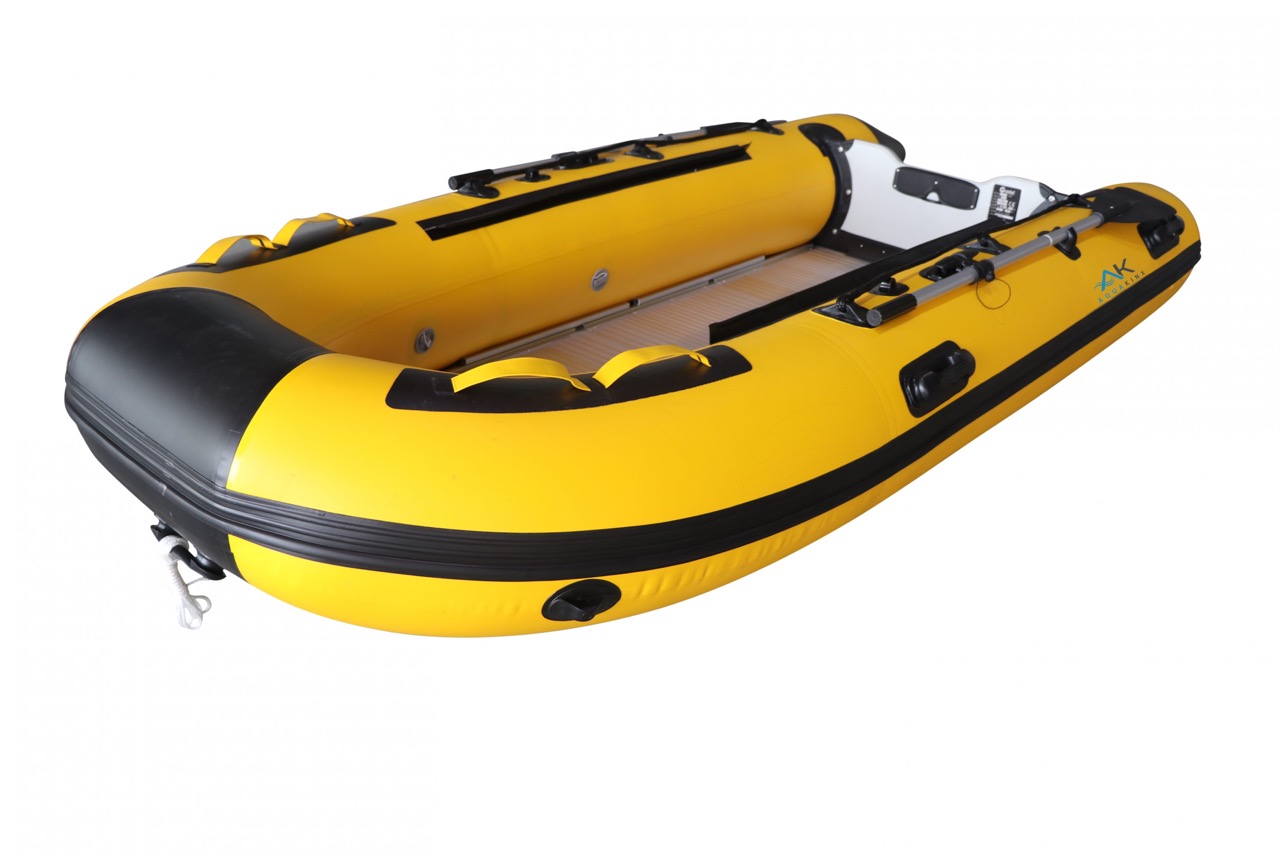
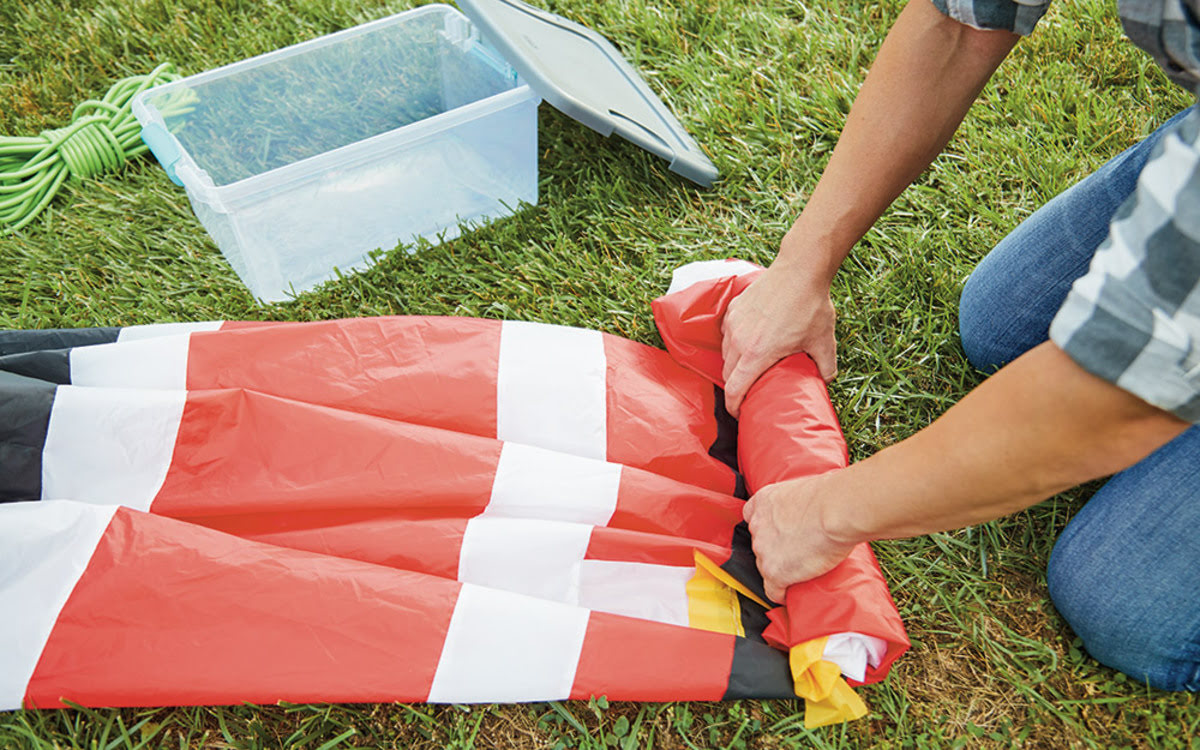
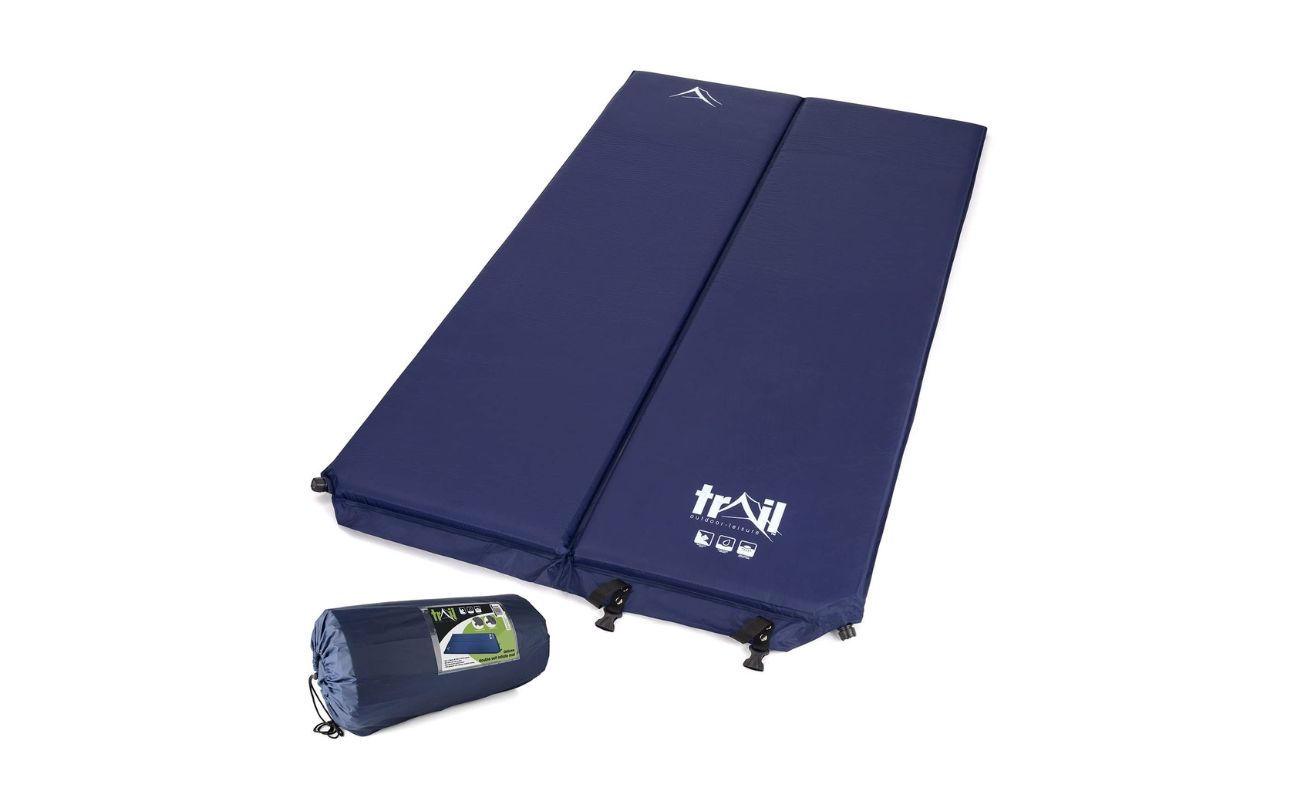
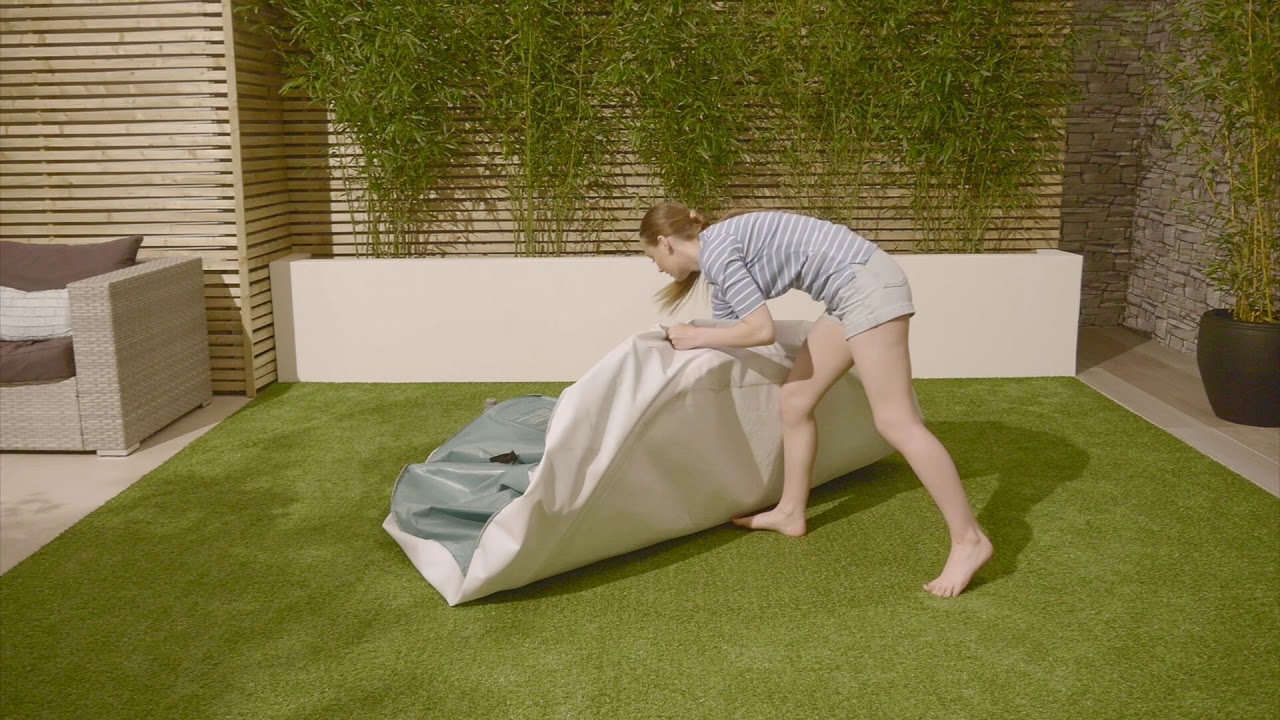
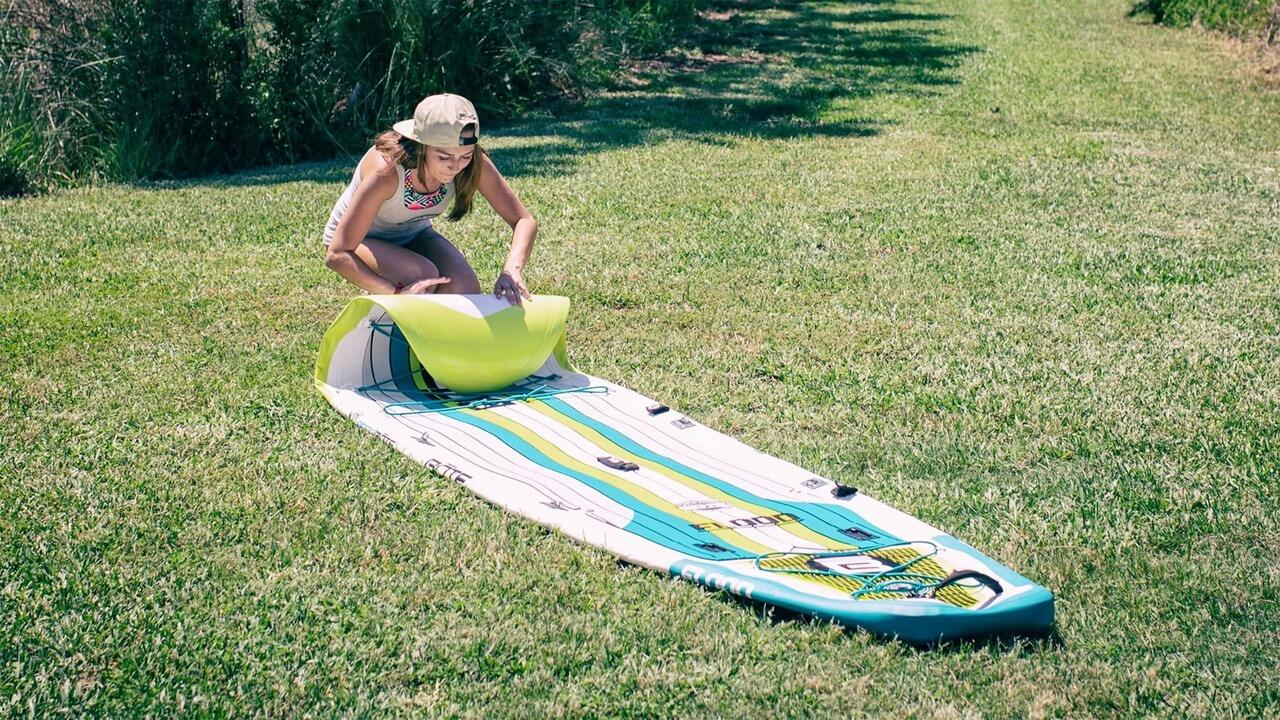
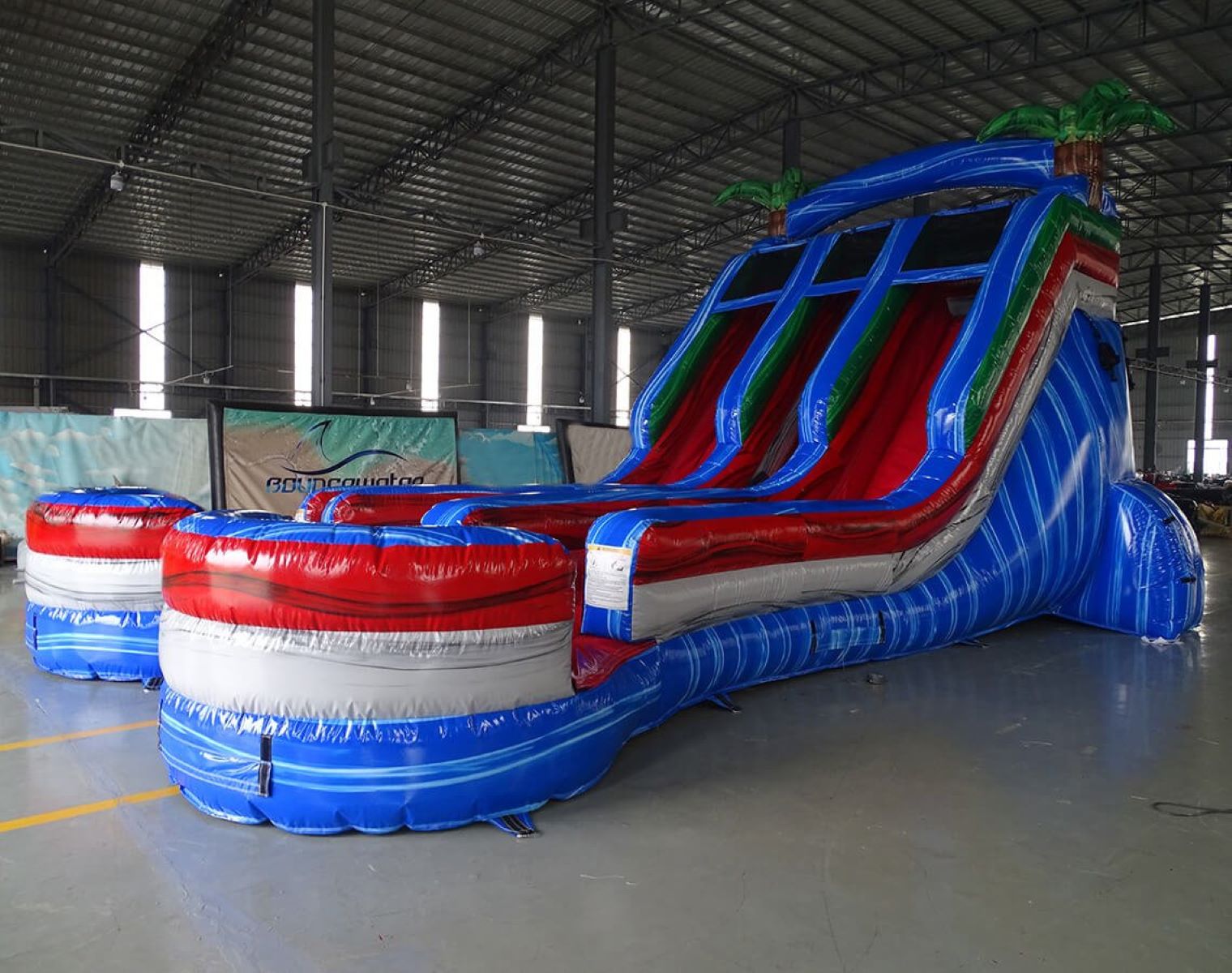
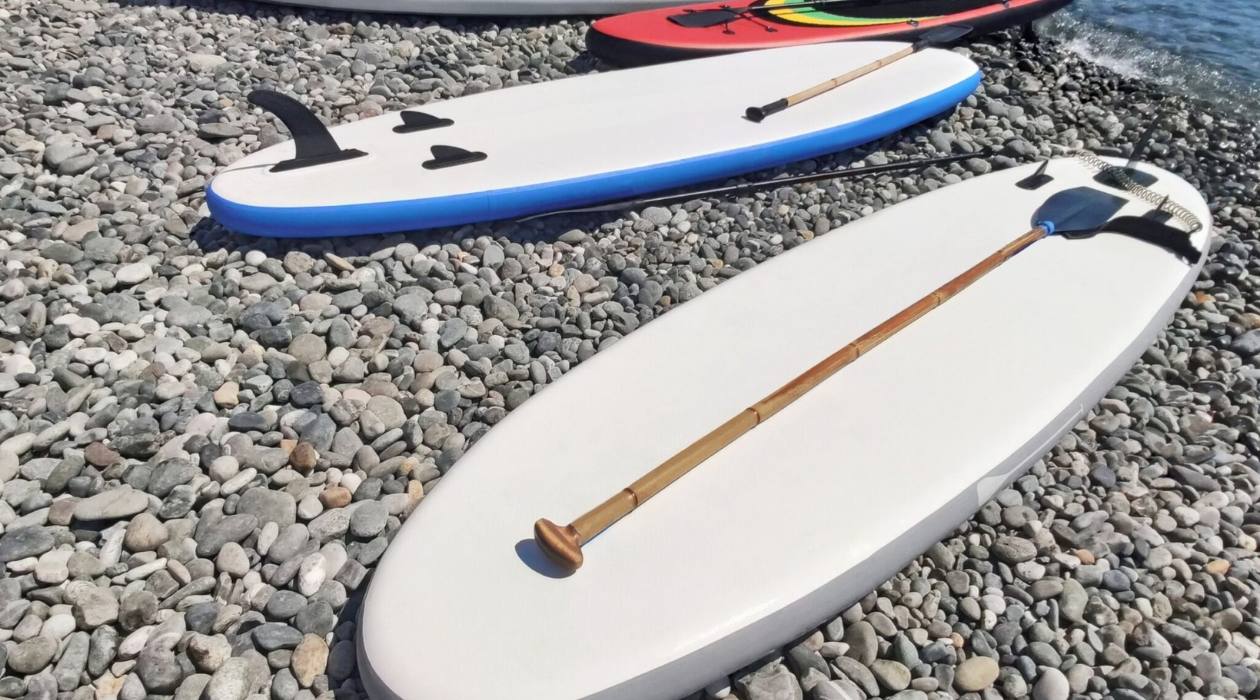
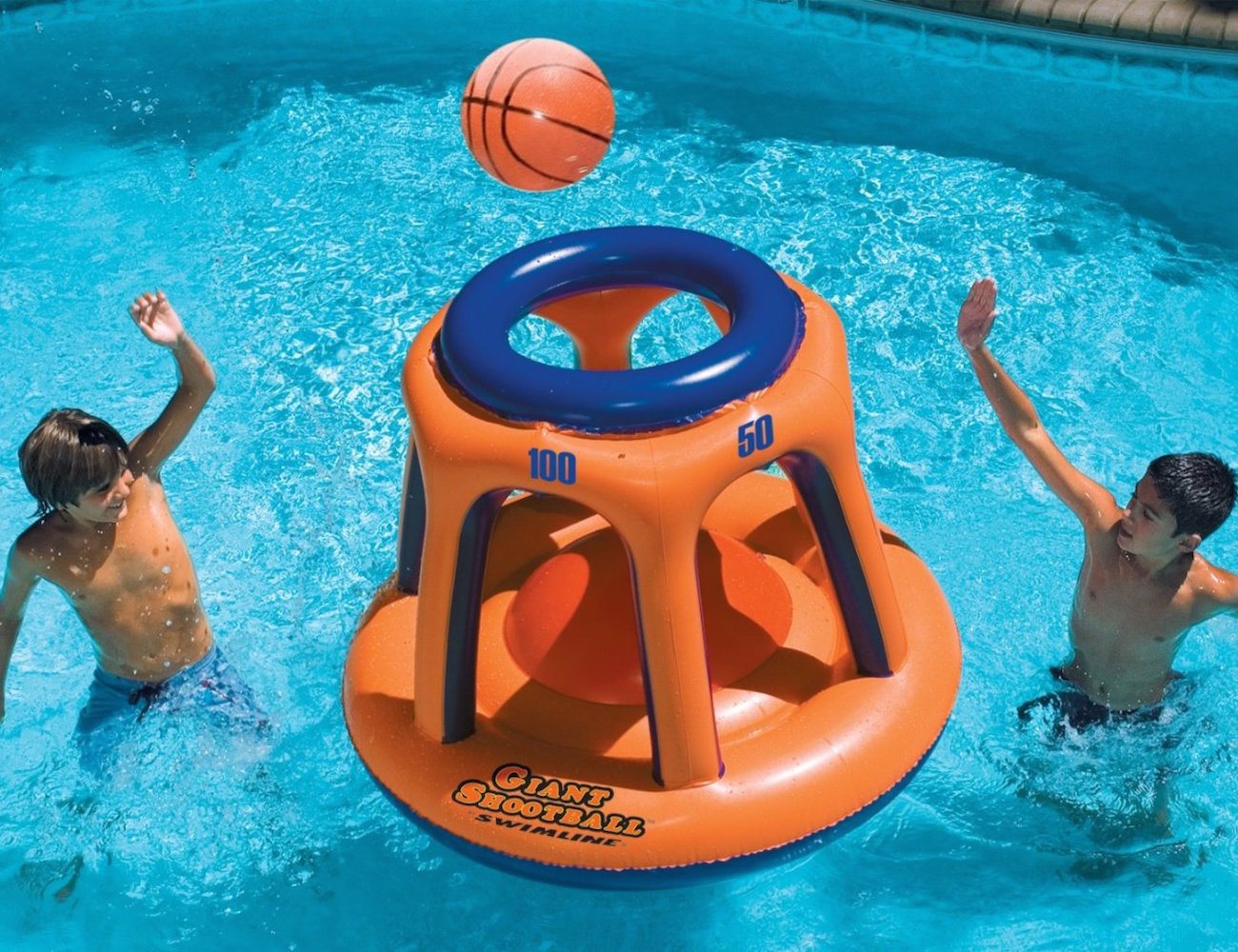
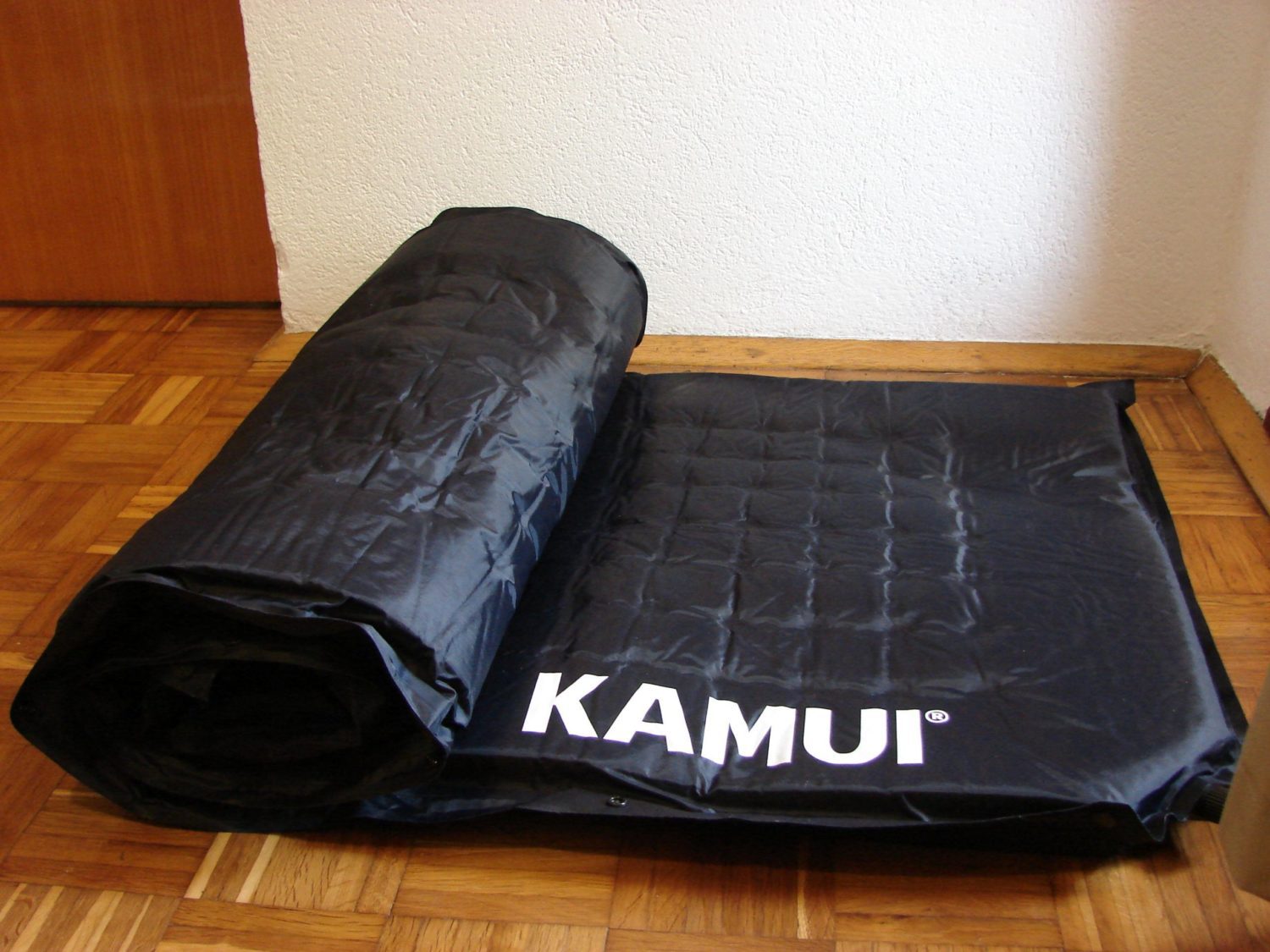
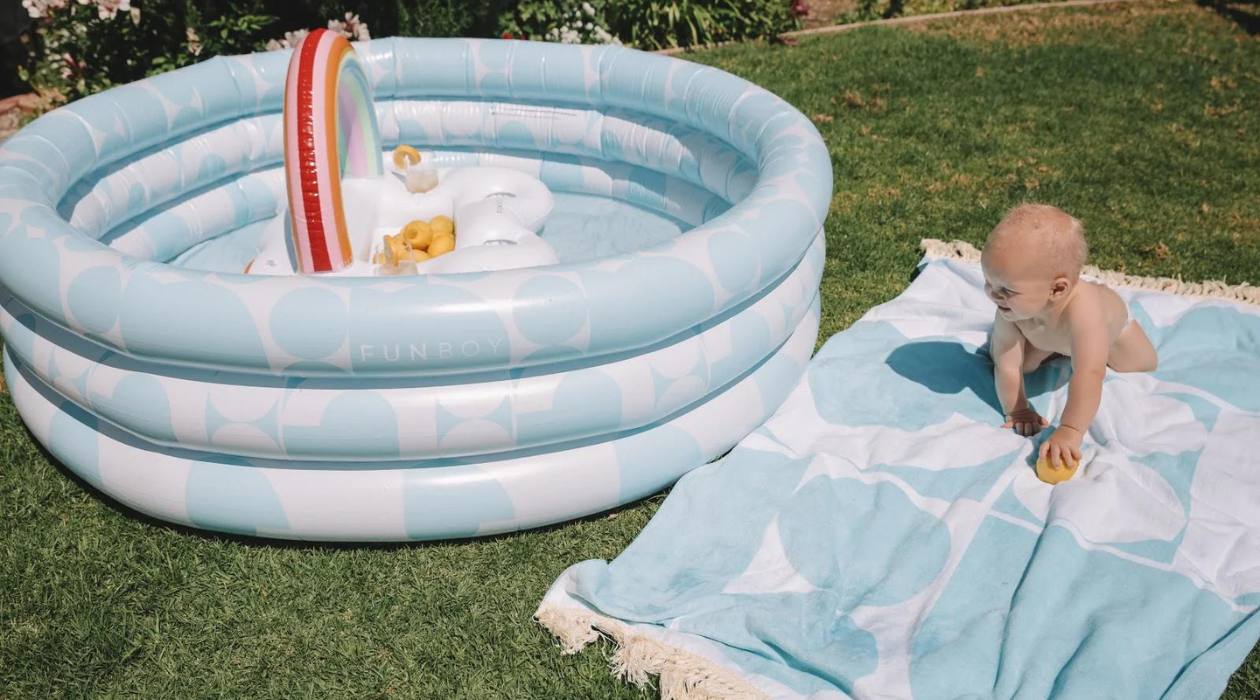
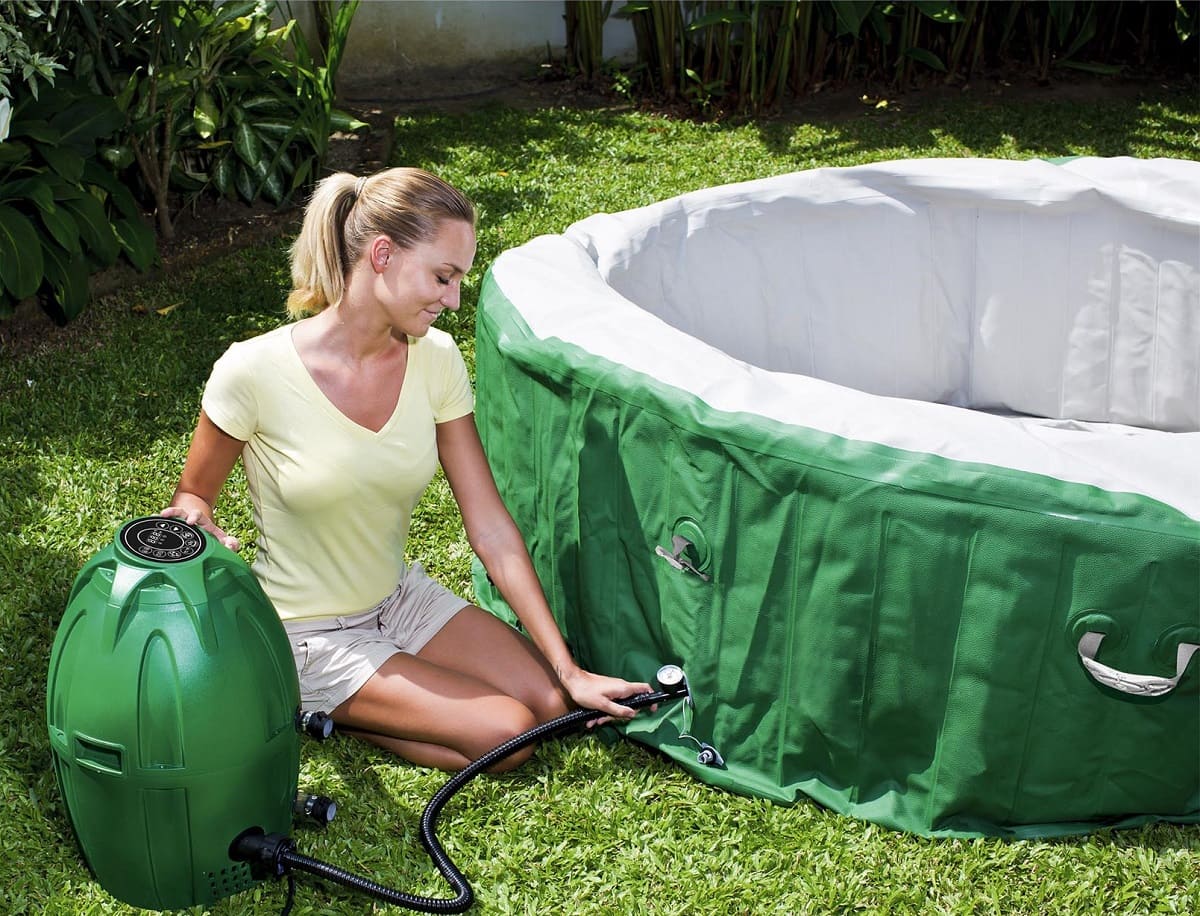
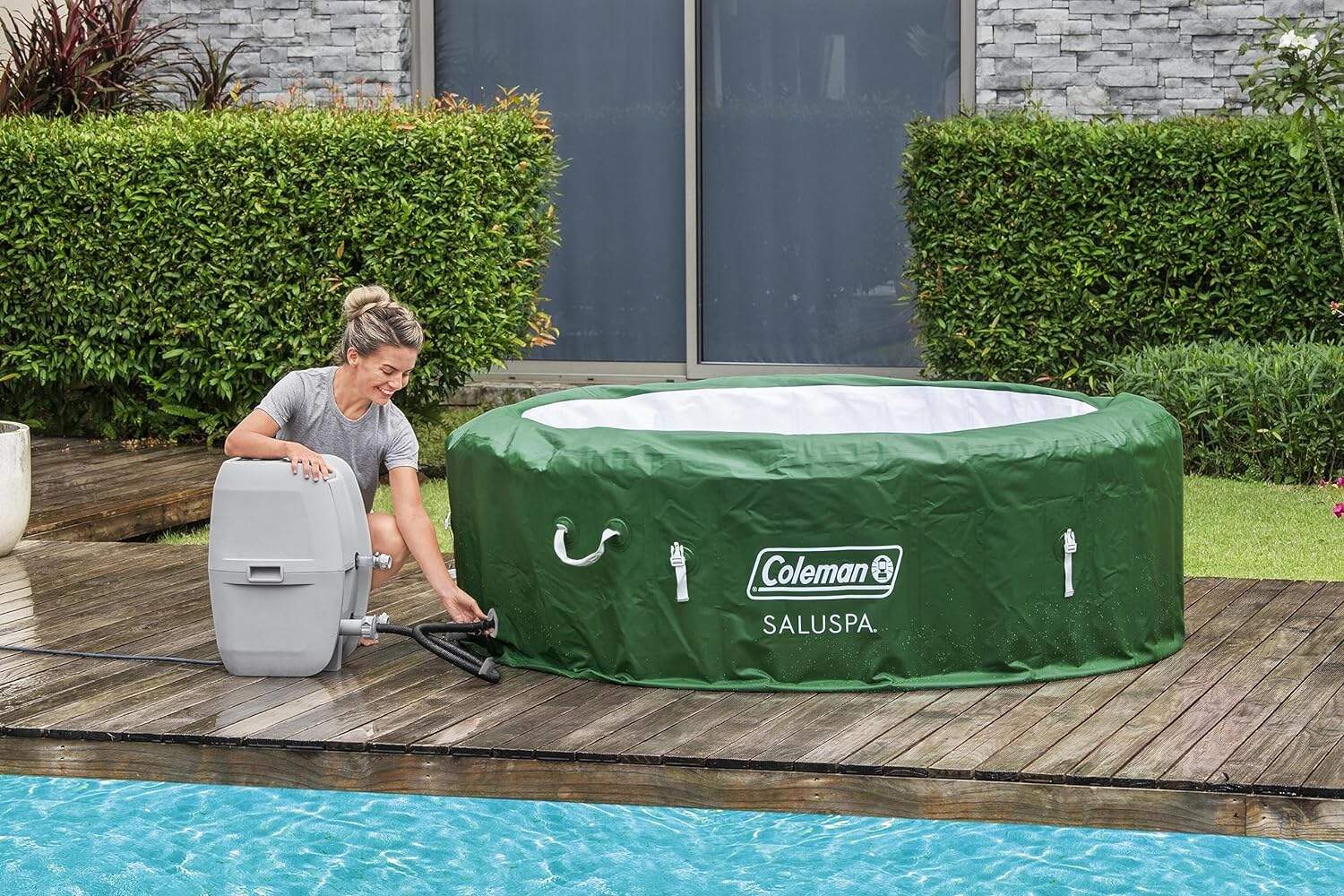
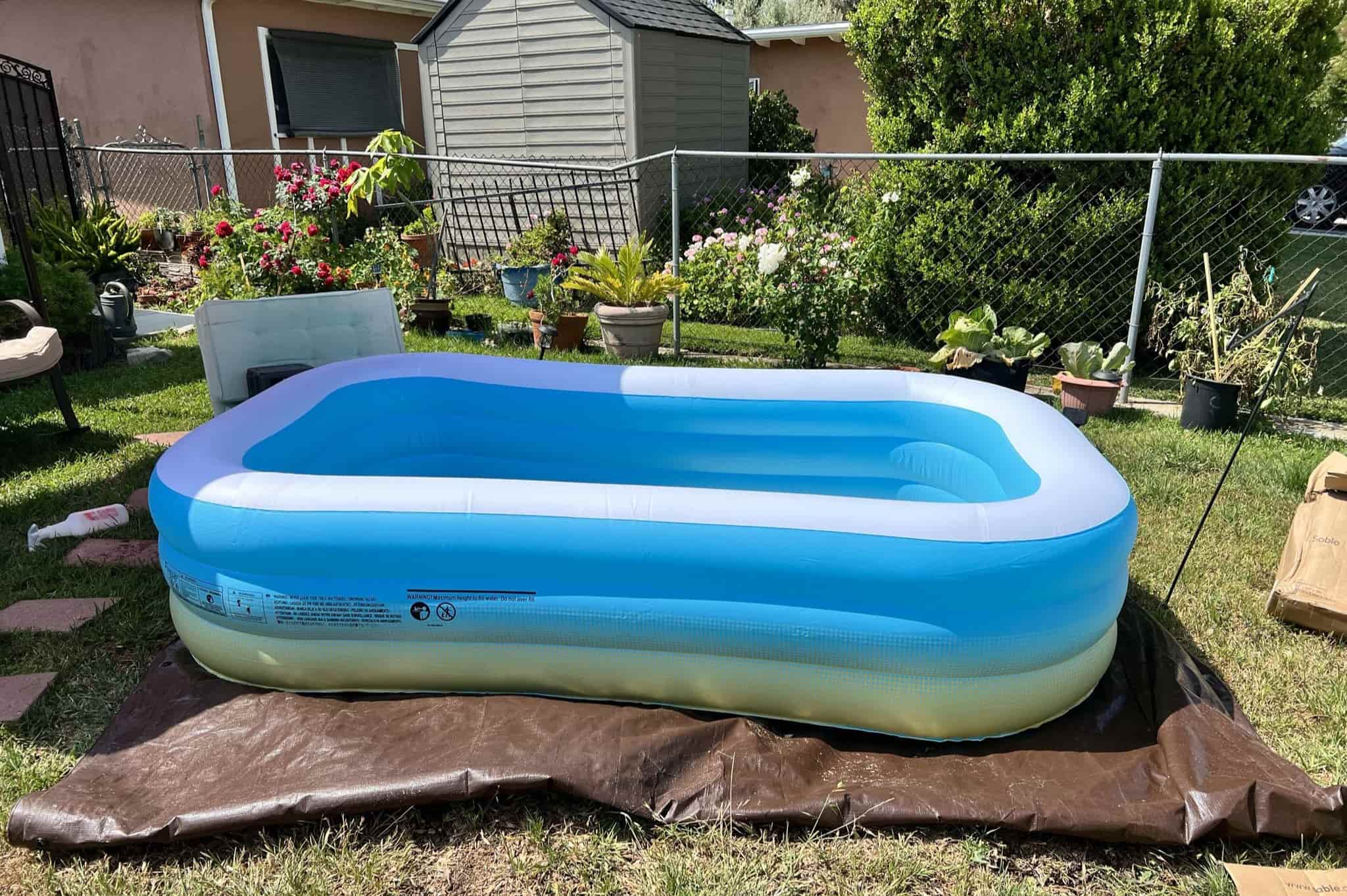

0 thoughts on “How To Store Inflatables”